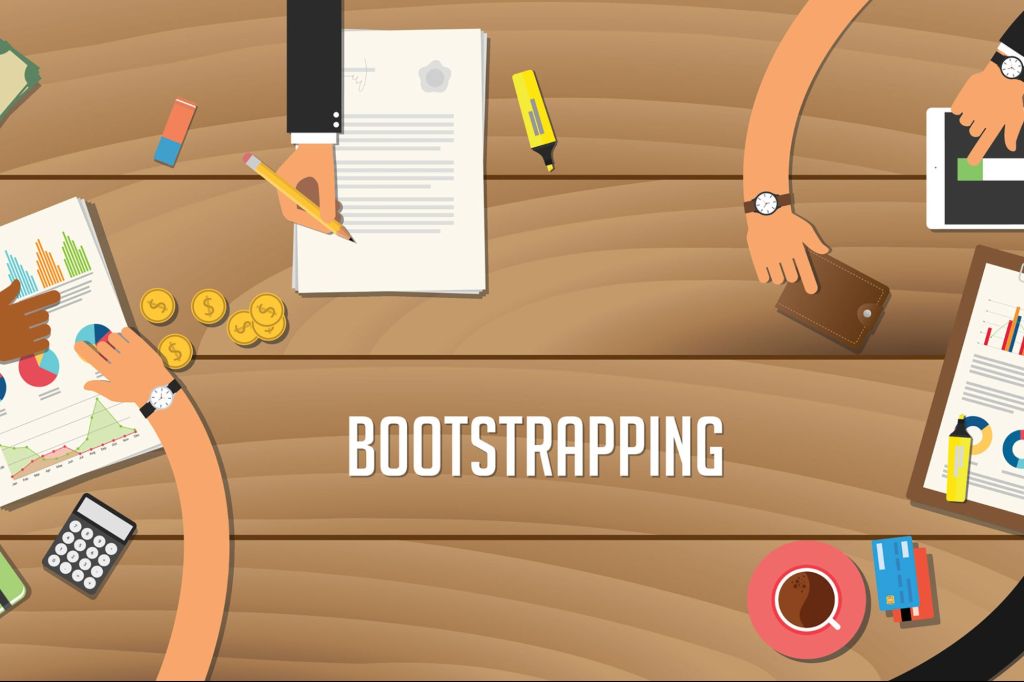The Pros and Cons of Bootstrapping Your Business

When launching a business, one of the most critical decisions is how to fund your venture. Bootstrapping, or self-funding a business without external investments, is a popular approach for many entrepreneurs. While it can lead to significant rewards, it also comes with challenges. Let’s explore the pros and cons of bootstrapping to help you decide if it’s the right path for your business.
What Is Bootstrapping?
Bootstrapping involves starting and growing a business using your personal finances or revenue generated by the business itself. Unlike seeking venture capital, loans, or angel investments, bootstrapping allows you to retain full ownership and control. However, it often requires careful financial planning and a willingness to start small.
The Pros of Bootstrapping Your Business
1. Complete Control
When you bootstrap, you maintain full ownership of your business. You’re not accountable to investors or lenders, which gives you the freedom to make decisions that align with your vision. This autonomy is particularly appealing to entrepreneurs who value independence and creative control.
2. Faster Decision-Making
Without investors or a board of directors, decisions can be made quickly. You don’t need to seek approval or compromise, enabling your business to pivot swiftly in response to market demands.
3. Fewer Financial Obligations
Bootstrapping means no repayments to investors or creditors, which reduces financial pressure. You won’t have to share profits or deal with the stress of managing debt repayments during challenging times.
4. Encourages Financial Discipline
Operating on a limited budget fosters creativity and forces you to focus on essentials. This financial discipline can lead to a lean, efficient business model that prioritizes value creation over unnecessary expenditures.
5. Builds Credibility
A self-funded business often signals confidence and dedication to potential customers and partners. Bootstrapped businesses demonstrate that the entrepreneur is fully committed and willing to take risks.

The Cons of Bootstrapping Your Business
1. Limited Resources
Bootstrapping often means working with a tight budget, which can limit your ability to hire staff, invest in marketing, or develop new products. Scaling the business may take longer compared to ventures with external funding.
2. Personal Financial Risk
Using personal savings or taking on personal debt to fund a business can be risky. If the business fails, you may face significant financial strain, which can impact your credit score, savings, or even your ability to cover personal expenses.
3. Slower Growth
Without external funding, growth may be incremental. It can take time to generate sufficient revenue to reinvest in the business, which might limit your ability to compete with well-funded competitors.
4. Burnout Risk
With limited resources, bootstrapped entrepreneurs often wear multiple hats, handling everything from product development to customer service. This can lead to burnout, especially if the business struggles to turn a profit quickly.
5. Missed Opportunities
A lack of funds can mean missing out on opportunities like expanding into new markets, hiring top talent, or launching innovative products. This constraint might hinder your ability to seize a competitive edge.
Is Bootstrapping Right for Your Business?
Deciding whether to bootstrap depends on your business goals, industry, and personal circumstances. Consider the following questions:
- Are you comfortable with financial risk? Bootstrapping often requires personal financial investment.
- Do you value control over your business? If so, bootstrapping might be ideal.
- Does your business have low startup costs? Bootstrapping works well for businesses that don’t require significant upfront investments.
- Are you prepared for slower growth? If patience aligns with your strategy, bootstrapping could be a good fit.
Tips for Successful Bootstrapping
If you decide to bootstrap, here are some strategies to maximize your chances of success:
- Start Small: Focus on delivering a minimum viable product (MVP) and iterate based on feedback.
- Leverage Free or Low-Cost Tools: Use cost-effective tools for marketing, project management, and operations.
- Reinvest Earnings: Channel profits back into the business to fuel growth.
- Build a Strong Network: Collaborate with other entrepreneurs, join industry groups, and seek mentorship to access resources and advice.
- Monitor Cash Flow: Keep a close eye on your finances to ensure sustainability.
Conclusion
Bootstrapping is a powerful way to build a business while retaining control and fostering innovation. However, it demands financial discipline, resilience, and a willingness to take on personal risk. By carefully weighing the pros and cons, you can determine whether bootstrapping aligns with your business goals and personal values.
Whether you choose to bootstrap or seek external funding, success ultimately depends on your ability to execute your vision and adapt to challenges. With the right mindset and strategies, a bootstrapped business can thrive in today’s competitive landscape.


